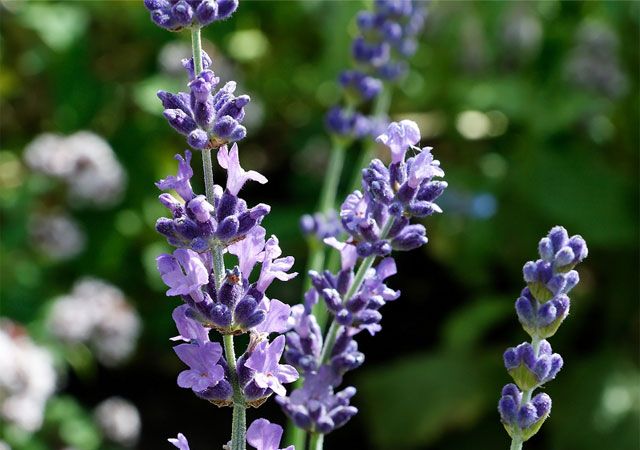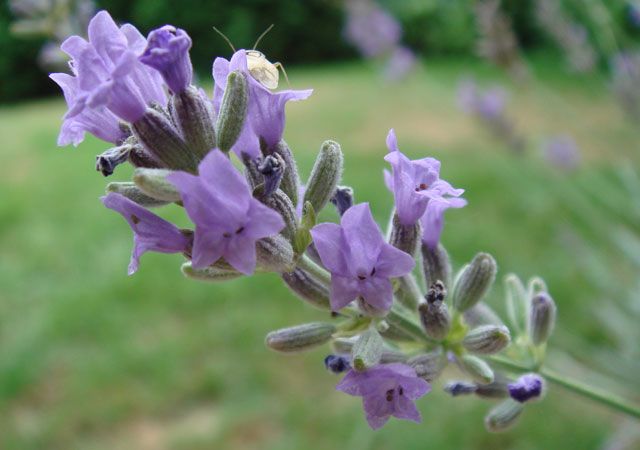Lavender
What are the benefits of Lavender?
Stress & Anxiety
The monoterpenes in lavender have anti-anxiety effects, helping to reduce feelings of anxiety and depression, improve mood, soothe restlessness, and alleviate headaches.
Sleep Support
Lavender has relaxing properties that make it effective for inducing sleep, thereby alleviating symptoms of insomnia. By calming the mind and promoting relaxation, lavender creates an environment conducive to better sleep quality.
Aromatherapy
Lavender offers a calming scent that promotes relaxation, making it an ideal choice for aromatherapy sessions and reducing stress levels. The aromatic compounds in lavender oil stimulate the olfactory system, which connects directly to the brain's limbic system, responsible for emotions, memory, and stress response.
Skin Care
Topical use of lavender oil has been shown to aid in the healing of minor cuts and abrasions by enhancing collagen synthesis in the skin. It also possesses anti-inflammatory properties, making it beneficial for soothing skin irritations and reducing the redness associated with inflammatory skin conditions.
Insect Repellent
The scent of lavender that is so attractive to humans is actually abhorrent to bugs, so it is often used as an all-natural insect repellent. It can also be applied topically to soothe itching and irritation from bug bites.
How does Lavender work?

While the fragrance of both lavender flowers and its essential oil has anecdotally produced a calming psychological effect, research shows evidence of how the oil does this. Studies found that lavender oil binds to certain receptors in the brain and inhibits the production of certain neurochemicals that can cause anxiety, seizures, and other agitation. The components in lavender oil responsible for this binding action are monoterpenes called linalool and linalyl acetate2.
Resources:
- Buckley, K. (2017, April 6). Lavender. Healthline. https://www.healthline.com/nutrition/lavender-oil-benefits#section9
- Sapio, M. R., Cano, A., Lopresti, A. L., – Armpaïdena, O. E., Calapai, F., & Gironi, F. A. (2019). Effects of Essential Oils on Central Nervous System: Focus on Mental Health. Molecules (Basel, Switzerland), 24(12), 2256. https://www.ncbi.nlm.nih.gov/pmc/articles/PMC6612361/
